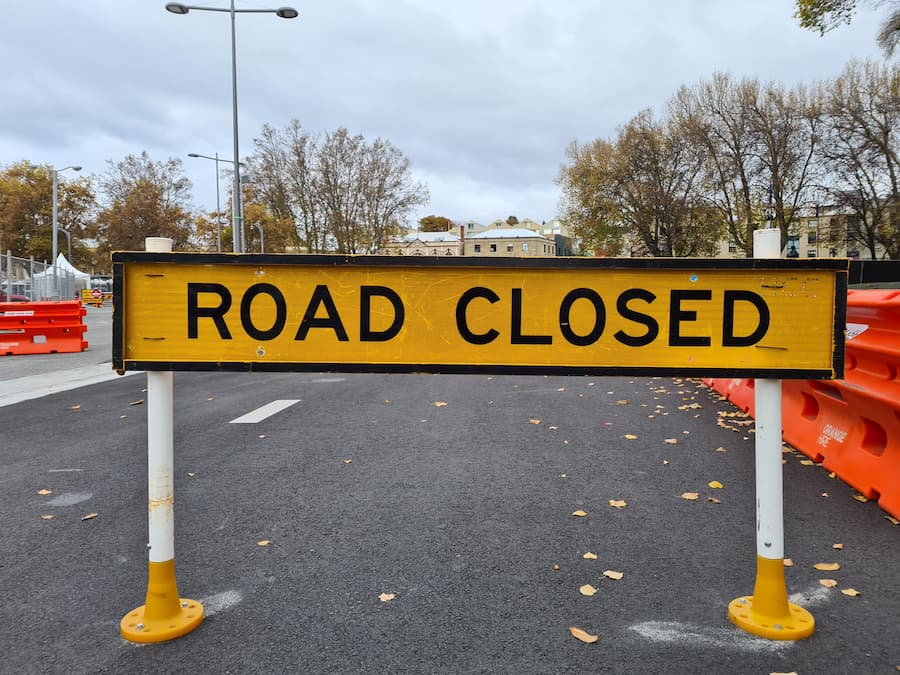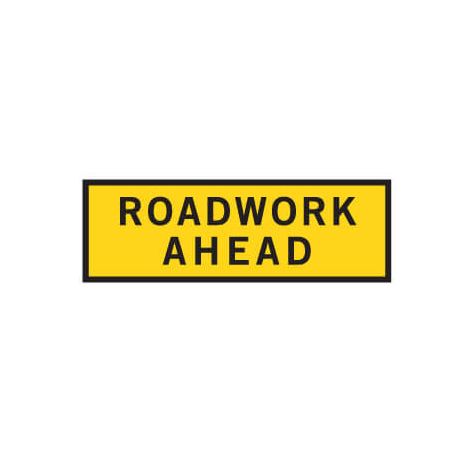Australian Road and Traffic Sign Numbers

Road Sign Numbering: what does the prefix mean and how are road signs categorised?
Standardised road signs
Most states have their own categorisation system that works within the Austroads Guide to Traffic Management and the Manual of Uniform Traffic Control Devices (MUTCD – also known as the Australian Standard).
The MUTCD outlines the design and application arrangements for traffic signs, signals and markings installed on a road. It has many different parts, specifying how different areas such as bike lanes, railway crossings, transit lanes, main routes and roadwork zones should be signposted. All the various parts of the Australian Standard 1742 are noted at the end of this article.
Additionally, Australian Standard 1743 Road Signs Specifications is used in conjunction with AS1742. This deals primarily with the design, typefaces, sizes and colours for road signs.
How does the standard classify road signs?
Road signs are classified with alphanumeric codes, each indicating different types of use. The top level of categories are:
- Regulatory signs (R series)
- Warning signs (W series)
- Guide signs (G series)
- Guide signs for expressways (GE series)
- Temporary signs (T series)
- Hazard markers and delineators (D series)
NSW Roadwork signs
 Let’s take a look at temporary traffic control signs for use during road works or changed road conditions.
Let’s take a look at temporary traffic control signs for use during road works or changed road conditions.
For example, a Roadwork Ahead sign has the code T1-1.
- The top level category is indicated by T for temporary.
- 1 indicates a traffic hazard, changed conditions or roadwork
- The second 1 is the code given to this particular design
- The addition of an A or B after the sign code indicates the size, either 1800 x 600 (A) or 2400 x 900 (B)
Regulatory signs in NSW
Now let’s look at an example of a regulatory sign, such as One Way.
The code is R2-17A
- R for regulatory
- 2 indicates a turning, traffic flow or directional type sign
- 17 is the code given to this particular design
- A indicates the size (in this case the standard size of 450mm wide x 800mm high. The addition of a B or C instead indicates different sized signs.
- If the code had an L or R on the end, this would indicate that the one way arrow pointed Left or Right.
Roadwork signs for Queensland
Queensland uses a similar numbering system. Temporary road signs for QLD are often a different size or shape to NSW as QLDTMR utilises multi-message signs. These consist of a frame that holds 3 different signs, enabling traffic controllers to customise messages for each project.
Multi-message signs are generally made up of two 600 x 600 mm signs over a 1200 x 300 mm sign.
Queensland uses the MUTCD guidelines but also has its own ‘Q-Series’ signs specifically for this state. All the TC (traffic control) and Q Series signs (Queensland specific) can be found online in the TMR register.
Multi message signs such as End Road Work are categorised as follows:
- TC indicates a traffic control sign
- 1170 is the code given to this particular design
Where signs are available in either aluminium or corflute construction, Jaybro adds the AL (aluminium) or CF (corflute) suffix to the end of the code.
This might be combined with something like a Drive Safely message – sign number TC1177-AL.
VicRoads Signs
Multi message signs are also used on Victorian roads. The extensive VicRoads signage document specifies all the different signs used on the state’s roads.
In Victoria, additional prefixes for road signs are used as follows:
- ‘P’ is used to indicate signs that are for public information
- ‘GM’ is used to indicate Guide signs for roadwork multi-message frames
- ‘RM’ is used to indicate Regulatory signs for roadwork multi-message frames
- ‘TM’ is used to indicate Temporary warning signs for roadwork multi-message frames
There are also other categories for signs specific to Victoria.
Victorian special signs are denoted with a V prefix before the group number (e.g. R7-V100). Victorian signs are organised under the following categories, similar to NSW & QLD:
- Regulatory Signs (R)
- Warning Signs (W)
- Symbols (S)
- Guide Signs (G and GE)
- Temporary Signs (GM, RM, T and TM)
- Delineation Signs (D)
- Information Signs (P)
For more information, refer to:
- 1742.1 Part 1 General introduction and index of signs
- 1742.2 Part 2: Traffic control devices for general use
- 1742.3 Part 3: Traffic control for works on roads
- 1742.4 Part 4: Speed controls
- 1742.5 Part 5: Street name and community facility name signs
- 1742.6 Part 6: Tourist and services signs
- 1742.7 Part 7: Railway crossings
- 1742.9 Part 9: Bicycle facilities
- 1742.10 Part 10: Pedestrian control and protection
- 1742.11 Part 11: Parking controls
- 1742.12 Part 12: Bus, transit and truck lanes
- 1742.13 Part 13: Local area traffic management
- 1742.14 Part 14: Traffic signals
- 1742.15 Part 15: Direction signs, information signs and route numbering
 Sign In
Sign In 

